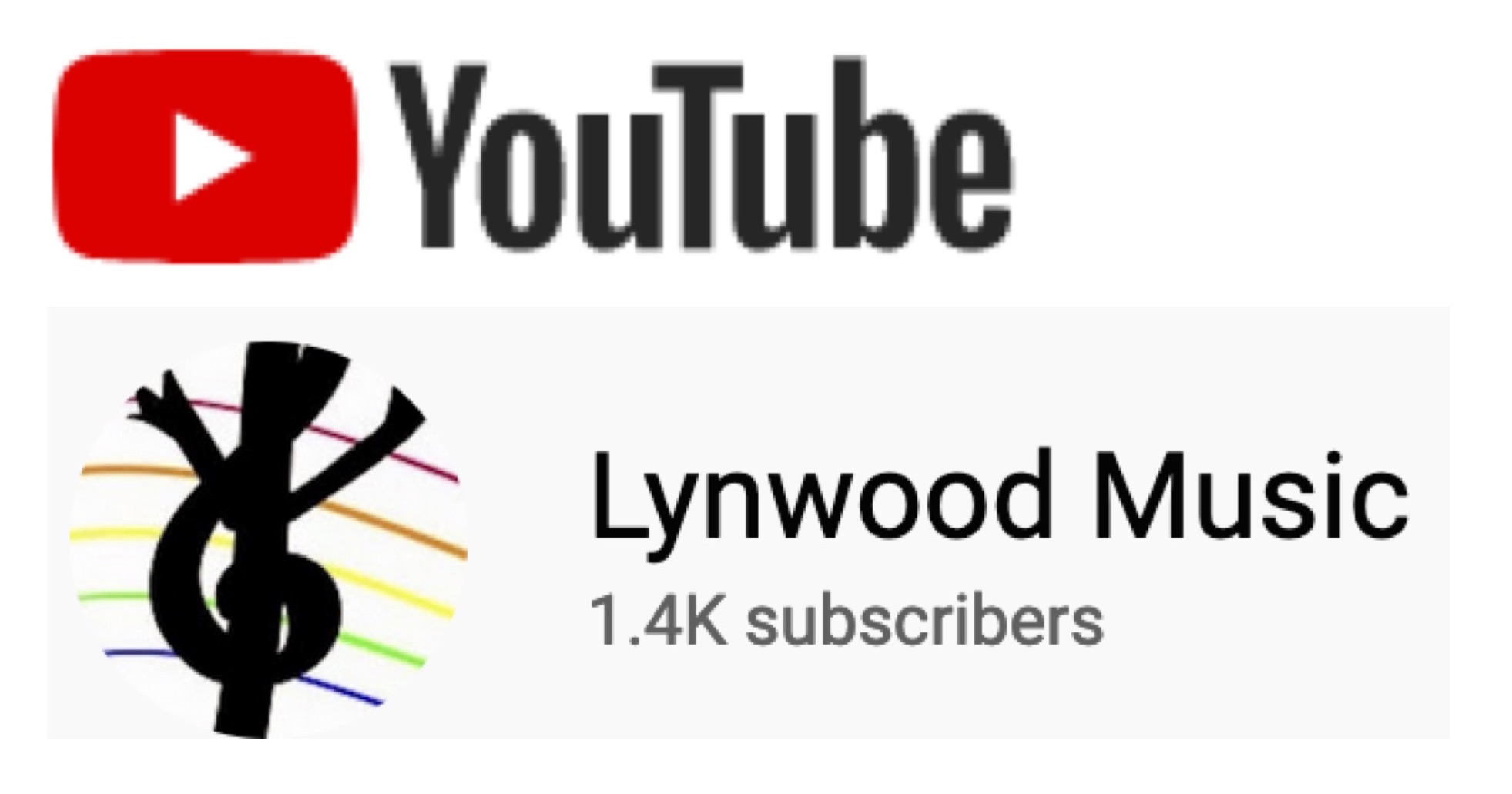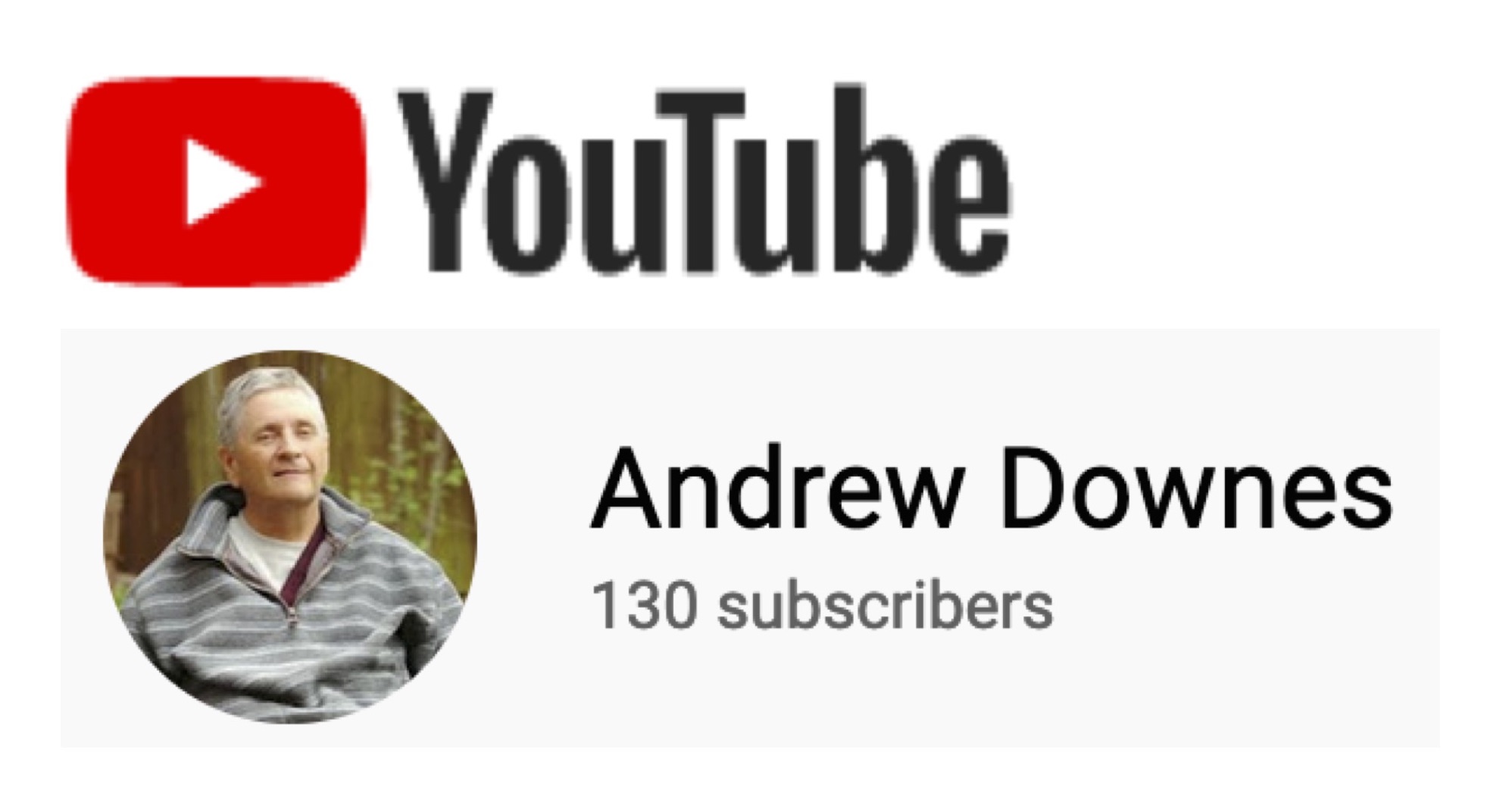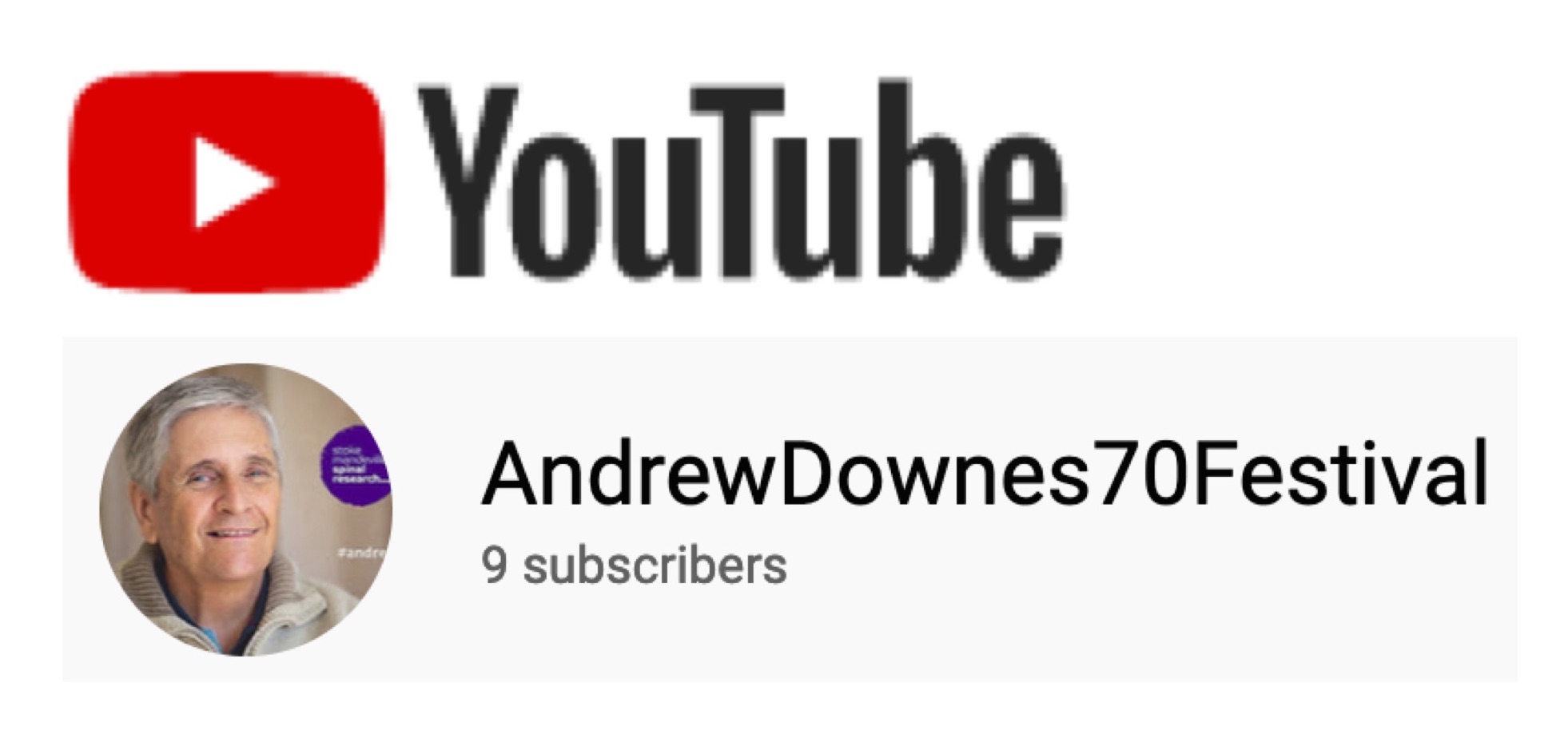Back to andrewdownes.com

Music Education
Resources by Paula Downes, a lot of music by Andrew Downes
Christmas: 1924
The sixth of eight cross-curricular lesson plans on Ballads for Christmas for Middle School, Secondary School, High School, KS3 children, with songs and animations, poetry analysis and writing, music analysis, art projects, documentary/film-making and more.
Christmas: 1924
Film by Paula Downes, music by Andrew Downes, poetry by Thomas Hardy.
The Poem
'Peace upon earth!' was said. We sing it,
And pay a million priests to bring it.
After two thousand years of mass
We've got as far as poison-gas.
Poetry Background
Christmas: 1924 is Thomas Hardy's sarcastic response to Christianity following the atrocities of World War 1. Hardy (2 June 1840 – 11 January 1928) was a famous novelist and poet whose formal education ended at the age of sixteen because his family could not afford for him to go to University, so he trained as an architect. During his lifetime, he gained fame from his novels, which include Far from the Madding Crowd (1874), The Mayor of Casterbridge (1886), Tess of the d'Urbervilles (1891), and Jude the Obscure. His poetry came to light after his death. During his childhood, he attended church with his father and grandfather who used to sing and play in the choirs and bands that provided the music for the services. He enjoyed the atmosphere and music of the church, but as an adult he slowly become a questioning agnostic as he encountered increasing challenges to organised religion, sparked by books such as Darwin’s Origin of Species.
The First World War
Watch the following videos to learn about the causes of the First World War, chemical warfare, and life for soldiers in the trenches in order to gain more of an understanding of this poem.
Documentary Task
Create a documentary video about the First World War. You could focus on a particular weapon, battle or country, or you could look into poetry by Wilfred Owen.
Music Analysis
The composer bases the music for this song on a Ground Bass structure. A Ground Bass is a repeating bassline over which there are Variations. The structure was developed in the Baroque Period (1600-1750) and Purcell was the master of this form: he wrote many arias in this form for his operas and masques. The example in the video below is Purcell's 'Music for a While' from Oedipus. The ground bass disappears for a while in the middle of the aria, and returns with the opening vocal theme to finish the piece.
Christmas: 1924 uses a very stark, chromatic bassline with no chords to go with it, to create a very stark backdrop to the song. Listen again, and count the number of repetitions of the ground bass. On further listening, notice the 'variations' above the ground bass and how there is a gradual build up of more and more tension with higher pitch or thicker textures.
1.The voice part begins with single line.
2. The second phrase is in two parts, beginning with a dissonance of a 2nd. (See Intervals for more help with this)
3. 'and pay...' is still in two parts, very chromatic
3. 'After two thousand...' - unison, sounds dissonant because it starts a tritone up from the lowest note on 'it' and an augmented 2nd up from the highest note, creating the feel of a diminished chord. (See Intervals and Chords for more help with this)
4. 'we've got...' until the end is mainly on a diminished chord (two minor thirds - see Chords for more help)
5. The major chord at the very end seems to reflect the sarcasm of the text.
Move on to The Holly Bough
Home>Middle, Secondary, High School, KS3>Ballads for Christmas>Christmas: 1924
Home>Cross-Curricular>Ballads for Christmas>Christmas: 1924

Music Education
Resources by Paula Downes, a lot of music by Andrew Downes
Back to andrewdownes.com
Follow Cynthia Downes on Instagram to keep up-to-date with her blog posts.
If you have performed in any of Andrew Downes' works or come to listen, please share your experiences in the Premieres Blog! Also see what others have said. Thank you so much for your contribution.


